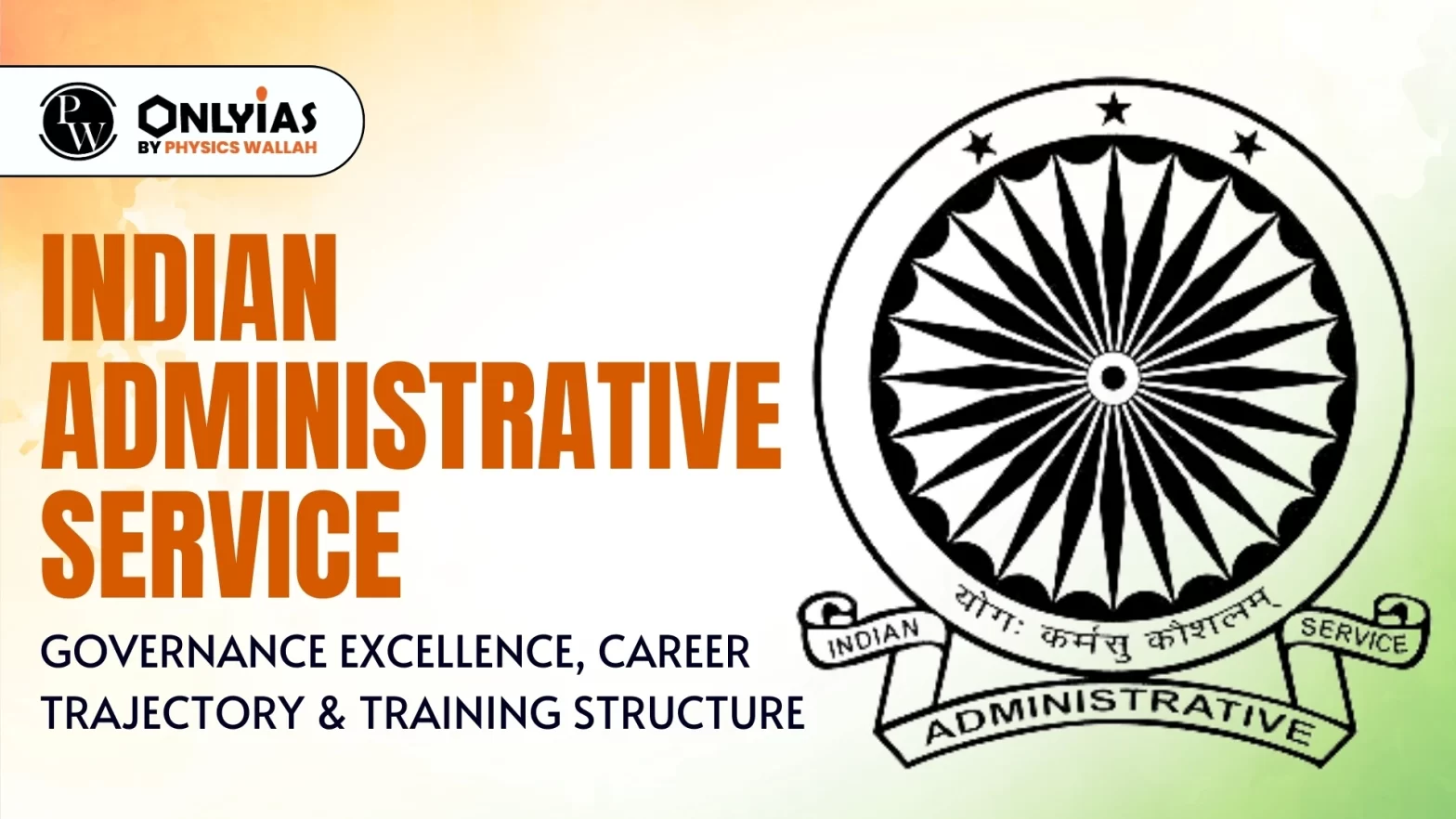The pivotal role of the Indian Administrative Service (IAS) in India's governance, from grassroots leadership to top administrative positions. Learn about career trajectories, training structures, and key responsibilities.

The Indian Administrative Service (IAS) constitutes the administrative branch of the All India Services within the Government of India.It is one of the three pillars of the All India Services, alongside the Indian Police Service and the Indian Forest Service.
Professionals from these three services contribute to the governance of both the Government of India and individual states. Indian Administrative Service (IAS) officers find placements in various government bodies, including constitutional, staff, and line agencies, as well as in auxiliary, public sector, regulatory, statutory, and autonomous bodies.
The training structure for the Indian Administrative Service (IAS) is designed to provide a comprehensive and phased approach, ensuring officers are well-equipped for the challenges of governance.
The training occurs at various stages throughout an officer’s career: Foundation to Lifelong Learning
IAS Officer
↓
Sub-Divisional Magistrate
↓
District Collector
↓
Divisional Commissioner
↓
Secretary (State or Central)
↓
Additional Chief Secretary (State or Central)
↓
Principal Secretary (State or Central)
↓
Cabinet Secretary
This flowchart represents the hierarchical progression from an IAS Officer to various positions in the administrative structure. Each box represents a position, and the arrows indicate the flow of promotion or advancement in the administrative hierarchy.
In summary, the Indian Administrative Service (IAS) stands as a pivotal force in India’s governance, symbolizing excellence, dedication, and administrative expertise. As the primary administrative branch within the All India Services, IAS officers play crucial roles in the country’s bureaucracy, making substantial contributions to policy formulation, implementation, and governance across various echelons.
| Must Read | |
| NCERT Notes For UPSC | UPSC Daily Current Affairs |
| UPSC Blogs | UPSC Daily Editorials |
| Daily Current Affairs Quiz | Daily Main Answer Writing |
| UPSC Mains Previous Year Papers | UPSC Test Series 2024 |
The IAS functions as the administrative branch of the All India Services, collaborating with the Indian Police Service and the Indian Forest Service.
IAS officers are strategically placed across various government bodies, including constitutional, staff, and line agencies. They also serve in auxiliary, public sector, regulatory, statutory, and autonomous entities.
IAS professionals actively contribute to the governance of both the Government of India and individual states, undertaking pivotal roles in diverse administrative capacities.
Post the probationary period, IAS officers transition into executive administrative roles in a district, where they serve as district magistrates and collectors for a substantial duration.
IAS officers may ascend to overseeing an entire state administrative division, holding the distinguished position of a divisional commissioner.

<div class="new-fform">
</div>